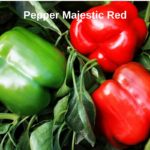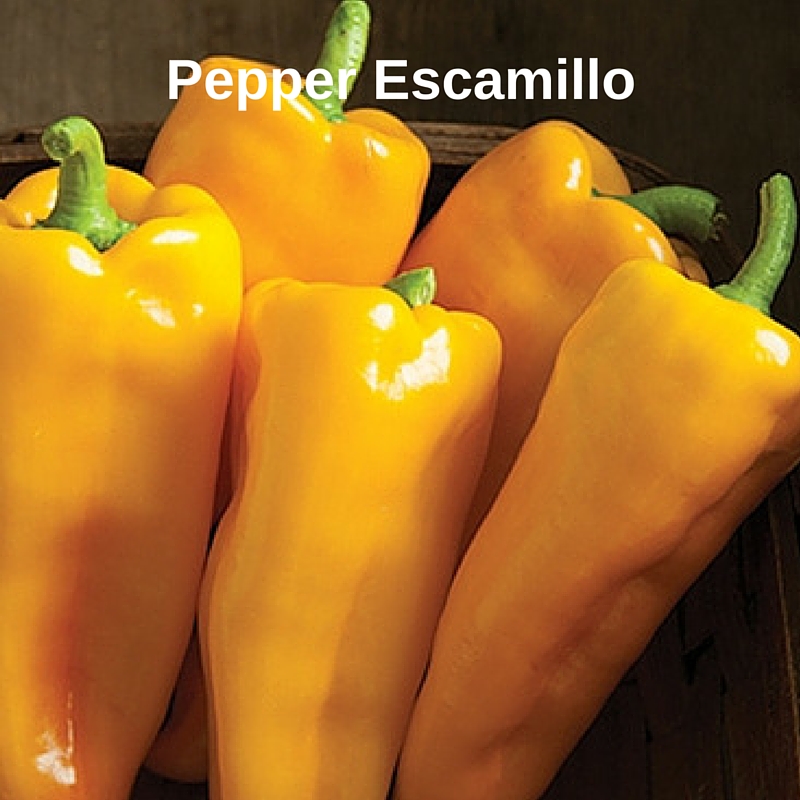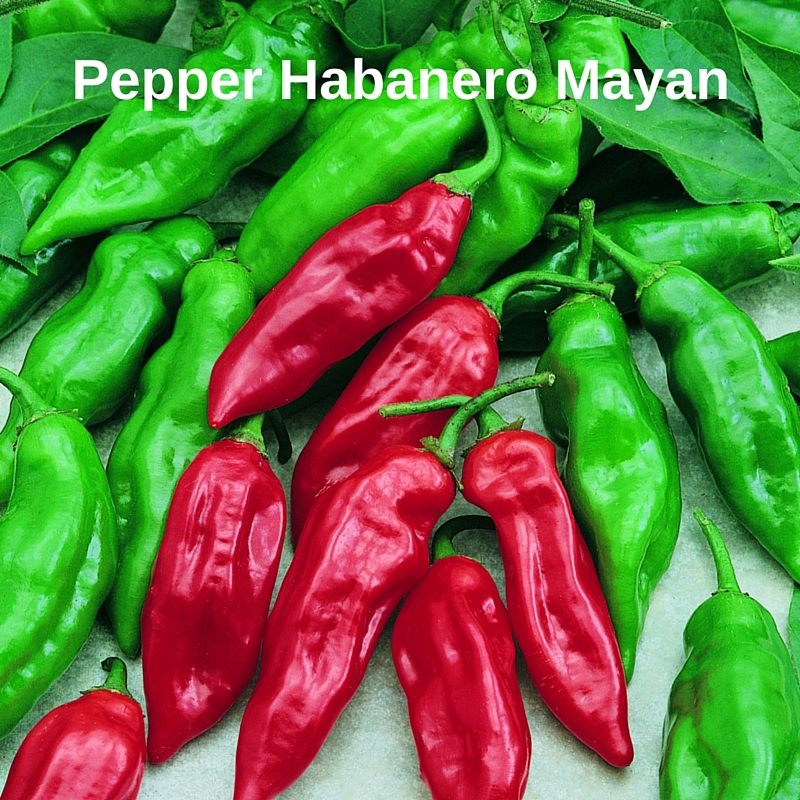PICK SOME PEPPERS
Peppers, a highlight in any garden are one of the easiest plants to grow. Bringing a rainbow of colors, a plethora of shapes and different degrees of heat to your table, peppers are an attractive addition to any garden or container.
It’s easy to value these plants for looks and flavor alone, but the pepper is a nutritional powerhouse as well. A serving of the most popular type in the USA–the sweet bell–contains more vitamin C than the average orange, a generous amount of vitamin E and many antioxidants with only 29 calories.
Classification
Peppers are actually a fruit (because they come from a flowering plant and contain seeds) but treated and spoken of as a vegetable. Worldwide, each culture has its own preferred shapes, textures, colors, flavors and recipes.
A few examples of the plethora of pepper types grown are Bells, Bull’s Horn, snacking mini-peppers, half-longs, bananas, jalapenos and habaneros.
 “Bell” is a term used in the U.S.A. that refers to sweet peppers with 3-4 lobes. Bell might either refer roughly to the fruit shape or to the pendulous way the fruit hang from the plant. In the U.S. agriculture industry, the 3-4 lobed fruit that are nearly as wide as they are tall are referred to as “blocky” bells and the elongated bell peppers (which are not as common in North America) are called “half-long” bells (half as wide as they are long). Bells can be found in many colors including red, yellow, orange, purple, chocolate and ivory.
“Bell” is a term used in the U.S.A. that refers to sweet peppers with 3-4 lobes. Bell might either refer roughly to the fruit shape or to the pendulous way the fruit hang from the plant. In the U.S. agriculture industry, the 3-4 lobed fruit that are nearly as wide as they are tall are referred to as “blocky” bells and the elongated bell peppers (which are not as common in North America) are called “half-long” bells (half as wide as they are long). Bells can be found in many colors including red, yellow, orange, purple, chocolate and ivory.
“Bull’s Horn” peppers are sweet and wide at the shoulder, tapering to a point. They often have thicker walls than the blocky bells and commonly mature to red. They are thought to have been brought to the U.S. from Italy and are also called “Corno di Toro”- which translates to “Horn of the Bull.”
 Mini-Snacking peppers have been popular with home gardeners for many years and have gained popularity in U.S. grocery stores in the last 10 years or so. They are blocky, pointed, thin-walled, sweet, and come in bright colors including, yellow and orange. The best snacking peppers are crunchy and have just a few seeds or no seeds at all.
Mini-Snacking peppers have been popular with home gardeners for many years and have gained popularity in U.S. grocery stores in the last 10 years or so. They are blocky, pointed, thin-walled, sweet, and come in bright colors including, yellow and orange. The best snacking peppers are crunchy and have just a few seeds or no seeds at all.
And now we enter the dangerous territory of varieties that can be either sweet or hot. Bananas are long and thin and usually mature from a light green or yellow to red. They are used fresh and pickled as rings. Because there are both sweet and hot banana peppers available, be sure and order the seed or buy the plant you prefer.
Jalapenos and habaneros are also available. They are available in both hot or sweet varieties and used in many recipes to bring the heat!
How To Grow…
Peppers like a sunny spot. They grow best in a location where plants from the same family have not recently grown–crop rotation is important for peppers (and tomatoes and eggplants).
Pepper plants prefer full sun, but if you live in a very warm area look for varieties that have “good coverage” of fruit. A full leaf canopy will prevent fruit from sun-scald. Scalded fruit, though less attractive, are still edible and taste the same.
Plants will continue to bloom and set fruit until the first frost. If temperatures are above 85 degrees, or very cool, flower set and fruiting may slow down. Keep the plants watered and wait out the weather–they often will rebound if conditions improve.
Harvest
Peppers can be harvested at any stage of maturity. Less mature green peppers will generally be green or pale yellow, smaller, crunchy, and have thin walls and a slightly tart flavor. A benefit of harvesting early is that it triggers the plants to produce more fruit. Mature peppers will often change color and have thicker walls.
Source: National Garden Bureau, ngb.org
